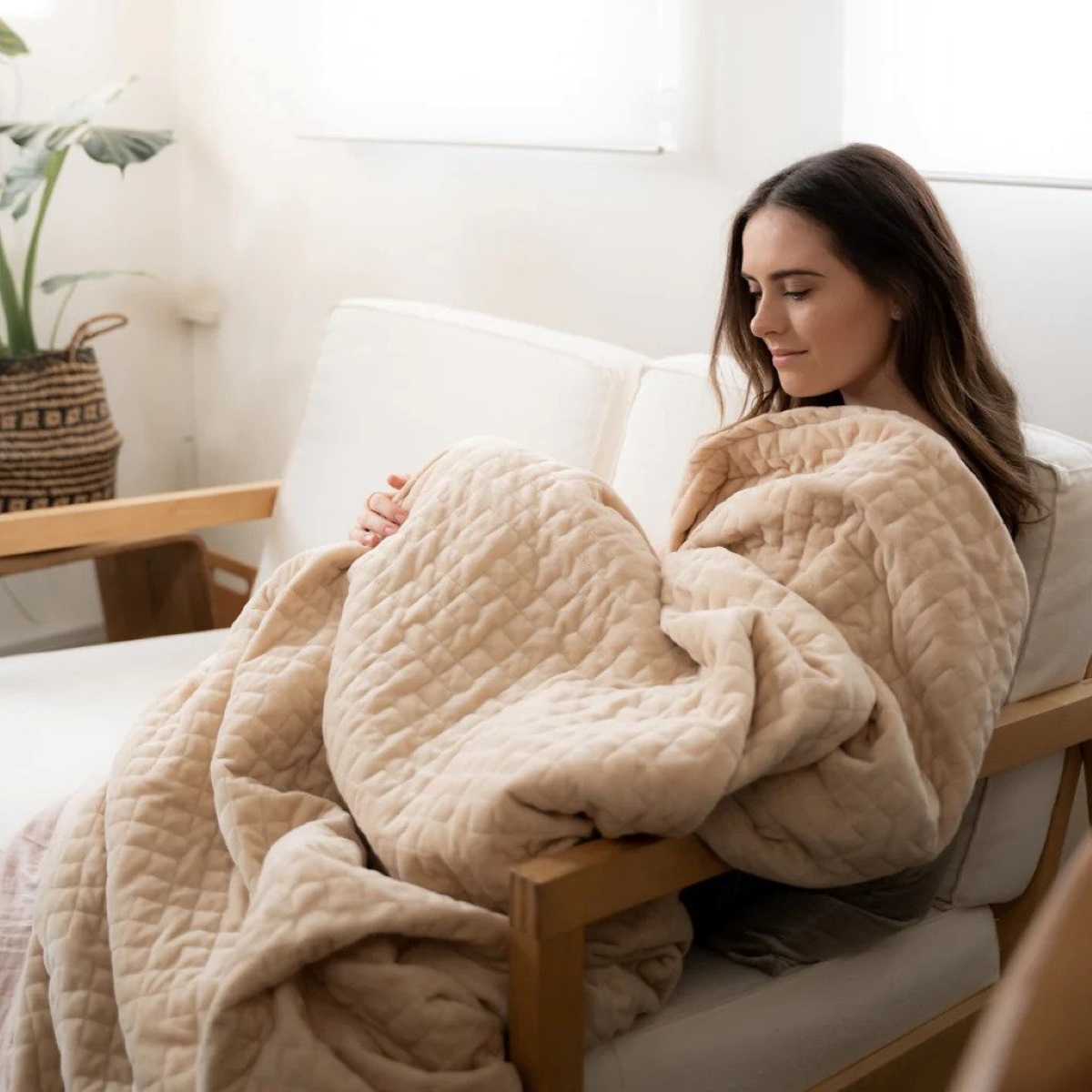

Articles
What Is A Weighted Blanket Made Of
Modified: February 24, 2024
Discover what materials are used to create weighted blankets in this informative article. Explore the benefits and find out which materials are best suited for your needs.
(Many of the links in this article redirect to a specific reviewed product. Your purchase of these products through affiliate links helps to generate commission for Storables.com, at no extra cost. Learn more)
Introduction
Weighted blankets have gained popularity in recent years as a natural way to improve sleep quality and reduce anxiety and stress. These blankets are designed to provide deep pressure stimulation, which can have a calming effect on the nervous system and promote a sense of relaxation. But have you ever wondered what these comforting blankets are made of?
In this article, we will explore the materials used in the construction of weighted blankets and delve into the details of each component. Understanding the composition of a weighted blanket can help you make an informed decision when choosing the right one for your needs.
So, let’s dive into the world of weighted blankets and discover what they are made of.
Key Takeaways:
- Weighted blankets are made of carefully selected materials like cotton, flannel, minky, and bamboo for optimal comfort and breathability, providing a soothing and calming experience for better sleep and relaxation.
- Understanding the composition and features of weighted blankets helps in making an informed decision to find the perfect one that suits individual needs, preferences, and sleep goals, ensuring durability, comfort, and effective pressure distribution.
Read more: What Weighted Blanket To Get
Materials Used in Weighted Blankets
Weighted blankets are carefully crafted using a combination of specific materials to ensure optimal comfort, durability, and effectiveness. Let’s take a closer look at the key components that make up a weighted blanket:
- Outer Fabric: The outer fabric of a weighted blanket plays a crucial role in providing a soft and cozy feel. Commonly used materials include cotton, flannel, minky, and bamboo. Cotton is known for its breathability and ability to regulate body temperature, while flannel offers warmth and a brushed texture. Minky is a plush fabric that provides a luxurious and velvety touch, and bamboo fabric is known for its natural antibacterial properties and moisture-wicking abilities.
- Filling Material: The filling material inside a weighted blanket adds bulk and weight to create the desired pressure. The most commonly used fillings are poly-pellets, which are tiny plastic beads that are durable and hypoallergenic. Some blankets may also use glass beads or a combination of materials like sand and microfiber.
- Weighted Inserts: These are pouches or compartments that hold the filling material within the weighted blanket. The inserts are strategically distributed throughout the blanket to ensure even weight distribution. They are usually sewn into individual pockets or squares to prevent the filling from shifting or clumping.
- Quilting and Stitching: Quilting and stitching are crucial elements in the construction of a weighted blanket. These techniques help in securing the weighted inserts, maintaining the overall structure, and preventing any movement or shifting of the fillings. The stitching pattern can vary, with options like box stitching, diamond stitching, or channel stitching.
- Additional Features: Some weighted blankets may come with additional features to enhance functionality and user experience. These can include removable and washable covers for easy maintenance, ties or loops to secure the blanket to a duvet cover, or even built-in cooling technology for those who tend to sleep hot.
By carefully selecting and combining these materials, manufacturers create weighted blankets that offer optimal comfort and effectiveness. The choice of materials may vary from brand to brand, so it’s essential to consider your preferences and specific needs when selecting a weighted blanket.
Outer Fabric
The outer fabric of a weighted blanket serves as the first layer of contact and plays a significant role in providing comfort and durability. Different types of fabrics are used, each offering unique characteristics and textures. Let’s take a closer look at some commonly used outer fabric options:
- Cotton: Cotton is a popular choice for the outer fabric of weighted blankets due to its breathability, softness, and hypoallergenic properties. It allows air to circulate freely, preventing overheating while providing a natural feel against the skin. Cotton is also easy to maintain and can withstand regular washing, making it a practical choice for those seeking a balance of comfort and convenience.
- Flannel: Flannel is a woven fabric typically made from cotton or a blend of cotton and synthetic fibers. It is known for its warmth and cozy texture, making it an excellent choice for colder climates or individuals who prefer a snuggly feel. The brushed surface of flannel gives it a soft and fuzzy texture, adding an extra layer of comfort to the weighted blanket.
- Minky: Minky fabric is a plush and luxurious material commonly used for weighted blankets. It is made from 100% polyester fibers and has a velvety texture that is exceptionally soft to the touch. Minky fabric provides an added sensory experience and can be comforting for individuals seeking a sensory input. It is available in a variety of colors and patterns, allowing for personalized style choices.
- Bamboo: Bamboo fabric is an increasingly popular choice for weighted blankets due to its eco-friendly and sustainable qualities. It is made from the cellulose fibers of bamboo plants and possesses excellent moisture-wicking properties. Bamboo fabric is highly breathable, thermoregulating, and naturally antibacterial, making it an ideal option for individuals who tend to sleep hot or who have sensitivities to allergens.
When selecting a weighted blanket, consider the climate in which you live, your personal preferences for fabric textures, and any specific sensitivities or allergies you may have. The outer fabric not only contributes to the overall comfort of the blanket but also determines how it will feel against your skin. So, choose a fabric that suits your needs and enhances your sleeping experience.
Filling Material
The filling material inside a weighted blanket is responsible for adding the desired weight and pressure. The type of filling used can greatly affect the overall feel and effectiveness of the blanket. Let’s explore some commonly used filling materials in weighted blankets:
- Poly-Pellets: Poly-pellets, also known as plastic polyethylene beads, are a popular choice for weighted blankets. These small beads are made of non-toxic and hypoallergenic plastic and are carefully engineered to provide weight and density without being bulky. Poly-pellets have a smooth texture and are designed to distribute weight evenly throughout the blanket, creating a gentle and consistent pressure.
- Glass Beads: Glass beads are another filling material option used in weighted blankets. These beads are tiny, smooth, and round, making them ideal for creating a gentle and sensory pressure. Glass beads are hypoallergenic, odorless, and durable. They are often encased in small pouches or pockets within the blanket to prevent any shifting or noise.
- Sand and Microfiber: Some weighted blankets utilize a combination of sand and microfiber filling. The sand adds weight, while the microfiber adds fluffiness and softness to the blanket. This combination provides a unique sensory experience and a comfortable feel. However, it’s important to note that sand-filled blankets may be heavier and may require extra care during washing and handling.
The choice of filling material ultimately depends on personal preference, desired weight distribution, and any specific sensitivities or allergies. Poly-pellets and glass beads are the most commonly used fillings due to their effectiveness, hypoallergenic properties, and ease of maintenance. Regardless of the filling material, it’s imperative to ensure that it is securely contained within the blanket to prevent any shifting or clumping.
When selecting a weighted blanket, consider trying different filling materials to see which one suits your preferences and provides the desired level of pressure and comfort. The right filling material can significantly enhance your weighted blanket experience and contribute to a restful night’s sleep.
When looking for a weighted blanket, consider the materials it’s made of. Look for options with breathable, natural fabrics like cotton or bamboo, and fillings like glass beads for even weight distribution.
Weighted Inserts
Weighted inserts are a crucial component of a weighted blanket as they hold the filling material in place and ensure even weight distribution. These inserts are typically made of fabric pouches or compartments, strategically distributed throughout the blanket. Let’s explore the importance of weighted inserts in detail:
Weight Distribution: The primary function of weighted inserts is to distribute the weight evenly across the blanket. They are designed to prevent the filling material from shifting or clumping in one area, ensuring a consistent and comfortable pressure throughout the blanket. This even weight distribution is an essential feature of a high-quality weighted blanket, as it maximizes the therapeutic effect.
Secured Placement: Weighted inserts are securely sewn or attached to the inner layers of the blanket. This prevents the inserts from moving around during use, keeping the weight evenly distributed and maintaining the blanket’s shape. Secured placement also ensures that the weighted blanket remains intact, even with regular use and washing.
Individual Pockets or Squares: Weighted inserts are often divided into individual pockets or squares within the blanket. Each pocket contains a specific amount of filling material, allowing for precise weight distribution and preventing pooling or clumping. This compartmentalized design ensures that the weight remains consistent and provides a smooth and comfortable feel.
Flexibility and Customization: Weighted inserts offer flexibility and customization options for users. Some weighted blankets come with removable weighted inserts, which allow you to adjust the blanket’s weight to your preference. This feature is particularly useful for individuals who are new to weighted blankets or have specific weight requirements based on their body weight or personal comfort.
Stackable Inserts: In some cases, weighted inserts can be stacked or layered to increase the overall weight of the blanket. This stacking feature allows users to gradually increase the weight of the blanket over time, providing a customizable experience and gradual adjustment to the desired pressure.
Weighted inserts play a critical role in the performance and effectiveness of a weighted blanket. They ensure even weight distribution, prevent shifting or clumping of the filling material, and provide flexibility for customization. When purchasing a weighted blanket, consider the design and construction of the weighted inserts to ensure optimal comfort and therapeutic benefits.
Read more: How To Fix A Weighted Blanket
Quilting and Stitching
Quilting and stitching are essential elements in the construction of a weighted blanket. These techniques not only contribute to the overall appearance and design but also play a crucial role in ensuring the durability and functionality of the blanket. Let’s explore the significance of quilting and stitching in weighted blankets:
Securing Weighted Inserts: Quilting and stitching are primarily used to secure the weighted inserts in place. By creating individual compartments or squares, the stitching prevents the filling material from shifting and ensures that the weight remains evenly distributed throughout the blanket. This secure placement enhances the comfort and effectiveness of the weighted blanket.
Preventing Filling Movement: The stitching pattern used in weighted blankets is designed to prevent movement and clumping of the filling material. By securing the weighted inserts, the stitches maintain the integrity of the blanket and keep the weight evenly distributed, even with regular use and washing. This ensures a consistent pressure and extends the lifespan of the blanket.
Enhancing Durability: The quilting and stitching also contribute to the durability of a weighted blanket. High-quality stitching techniques, such as box stitching, diamond stitching, or channel stitching, add strength and reinforcement to the blanket’s structure. This helps to prevent tears, stretching, or seam separation, allowing the weighted blanket to withstand regular use and retain its functionality over time.
Aesthetic Appeal: Apart from their functional role, quilting and stitching also enhance the aesthetic appeal of a weighted blanket. The stitching patterns can add texture, visual interest, and a decorative touch to the blanket. Manufacturers often choose stitching patterns that complement the overall design and fabric of the weighted blanket, providing an attractive and luxurious appearance.
When choosing a weighted blanket, pay attention to the quality and craftsmanship of the quilting and stitching. Look for well-constructed, reinforced seams and sturdy stitching techniques that will ensure the longevity and effectiveness of the blanket. The quilting and stitching contribute to the overall durability, functionality, and visual appeal of the weighted blanket, ensuring a comfortable and reliable sleep aid.
Additional Features
Weighted blankets often come with additional features that enhance their functionality and user experience. These extra features can vary depending on the brand and model of the blanket. Let’s explore some common additional features found in weighted blankets:
Removable and Washable Covers: Some weighted blankets come with removable covers that can be easily taken off and washed separately. This feature makes maintenance more convenient, allowing you to keep your blanket clean and fresh without having to wash the entire weighted blanket. Removable covers often come in a variety of colors or patterns, giving you the option to change the look and style of your blanket.
Ties or Loops: Weighted blankets with ties or loops are designed to be used in conjunction with a duvet cover. These ties or loops allow you to secure the weighted blanket to the duvet cover, preventing it from shifting or slipping inside. This feature provides added convenience and ensures that the weighted blanket stays securely in place while you sleep.
Built-in Cooling Technology: For those who tend to sleep hot or live in warmer climates, some weighted blankets offer built-in cooling technology. This can include the use of breathable fabrics or innovative cooling fibers that wick away moisture and promote heat dissipation, keeping you cool and comfortable throughout the night.
Size and Weight Options: Weighted blankets often come in various sizes and weight options to accommodate different body types and preferences. It’s important to choose a size and weight that is appropriate for your body weight to ensure optimal comfort and effectiveness. Some manufacturers provide guidelines to help you select the right size and weight based on your body weight.
Additional Sensory Elements: Some weighted blankets may have additional sensory elements, such as textured fabrics, tags, or small pockets for fidgeting or sensory stimulation. These features can provide a calming and soothing effect, especially for individuals with sensory processing disorders or those who benefit from extra sensory input.
When selecting a weighted blanket, consider your specific needs and preferences. Additional features can enhance the overall experience and functionality of the blanket, making it more tailored to your individual requirements. Whether it’s the convenience of removable covers, the cooling technology for temperature regulation, or the incorporation of sensory elements, these extra features can elevate the benefits and enjoyment of using a weighted blanket.
Conclusion
Weighted blankets are a popular sleep aid and relaxation tool that offer numerous benefits, such as promoting better sleep, reducing anxiety, and providing a sense of comfort and security. Understanding the materials used in the construction of weighted blankets can help you choose the right one for your needs and enhance your overall experience.
The outer fabric of a weighted blanket, such as cotton, flannel, minky, or bamboo, contributes to its comfort, breathability, and texture. Each fabric has its unique qualities, allowing you to find the perfect blend of softness and functionality.
The filling material inside the weighted blanket, such as poly-pellets, glass beads, or a combination of sand and microfiber, determines the weight and pressure provided. These materials are carefully chosen for their ability to distribute weight evenly and offer a calming effect on the body.
Weighted inserts, usually secured by quilting and stitching, play a vital role in maintaining the weight distribution and preventing the filling from shifting. They ensure that the weight remains evenly distributed, providing a consistent and comfortable pressure throughout the blanket.
Additional features, such as removable and washable covers, ties or loops for duvet covers, built-in cooling technology, and customization options, can further enhance the functionality and convenience of the weighted blanket.
In summary, weighted blankets are made up of a combination of carefully selected materials that work together to provide a soothing and comforting experience. By understanding the composition and features of weighted blankets, you can make an informed decision and find the perfect weighted blanket that suits your needs, preferences, and sleep goals.
Investing in a high-quality weighted blanket that is made with the right materials ensures durability, optimal comfort, and effective pressure distribution. So, wrap yourself in the cocoon-like embrace of a weighted blanket and experience the therapeutic benefits it offers for a restful and rejuvenating slumber.
Frequently Asked Questions about What Is A Weighted Blanket Made Of
Was this page helpful?
At Storables.com, we guarantee accurate and reliable information. Our content, validated by Expert Board Contributors, is crafted following stringent Editorial Policies. We're committed to providing you with well-researched, expert-backed insights for all your informational needs.
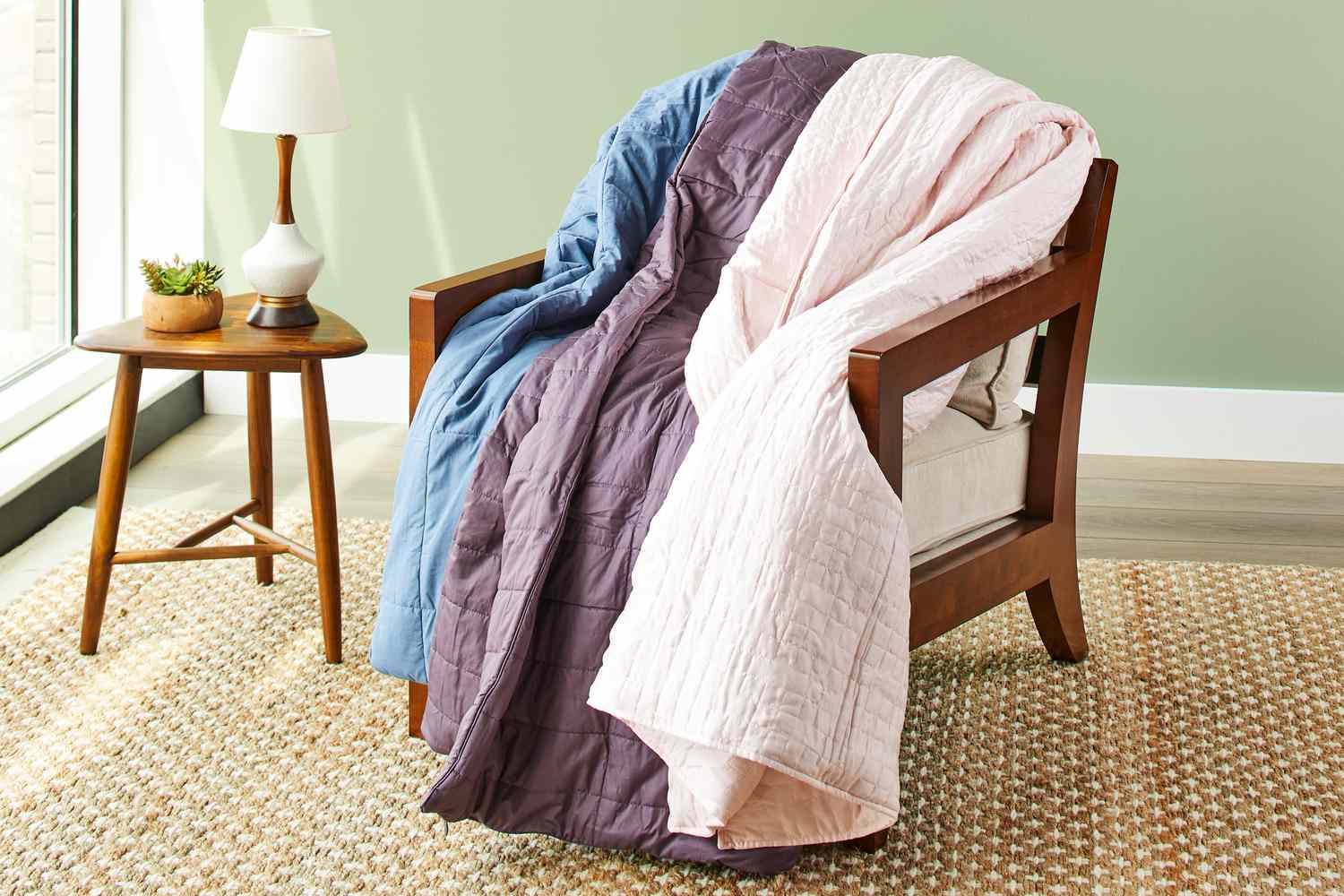
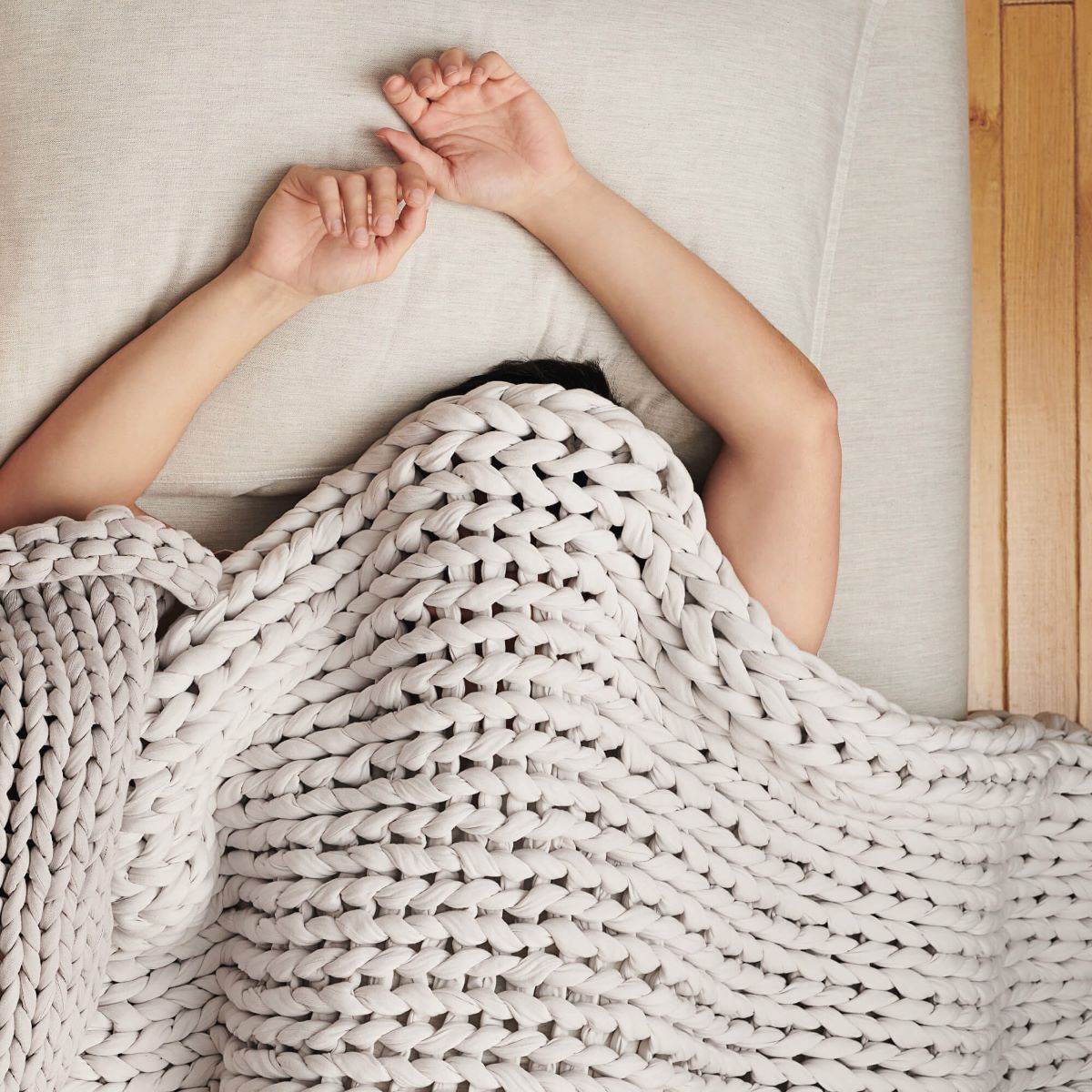
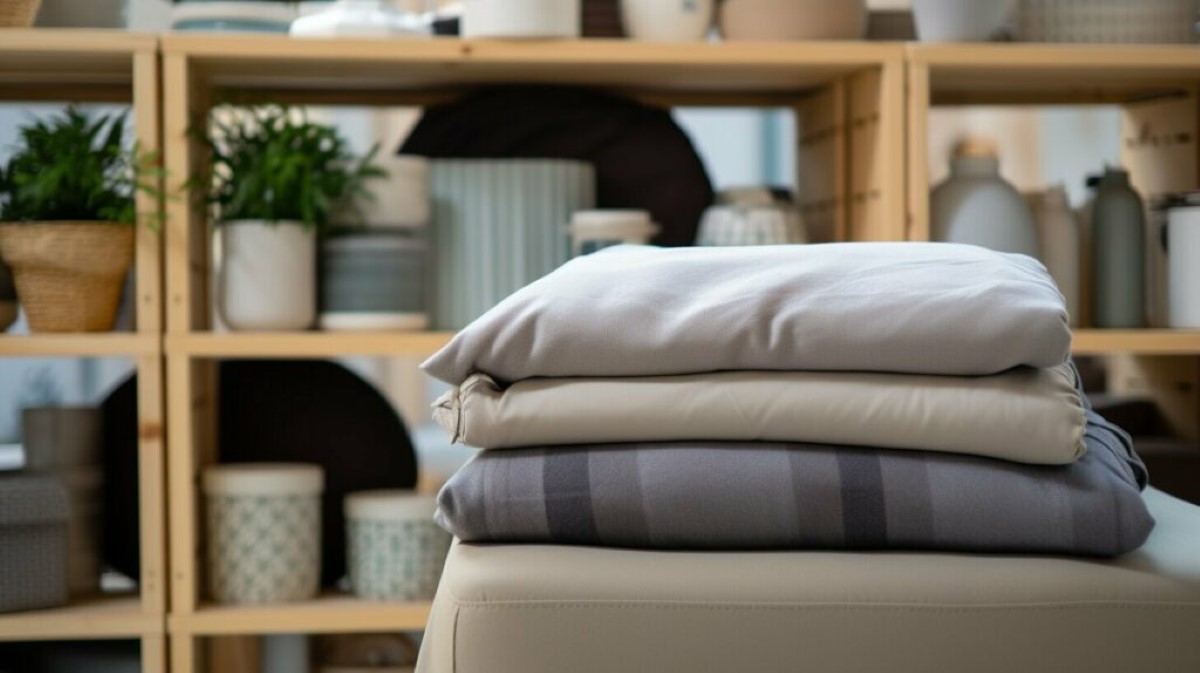
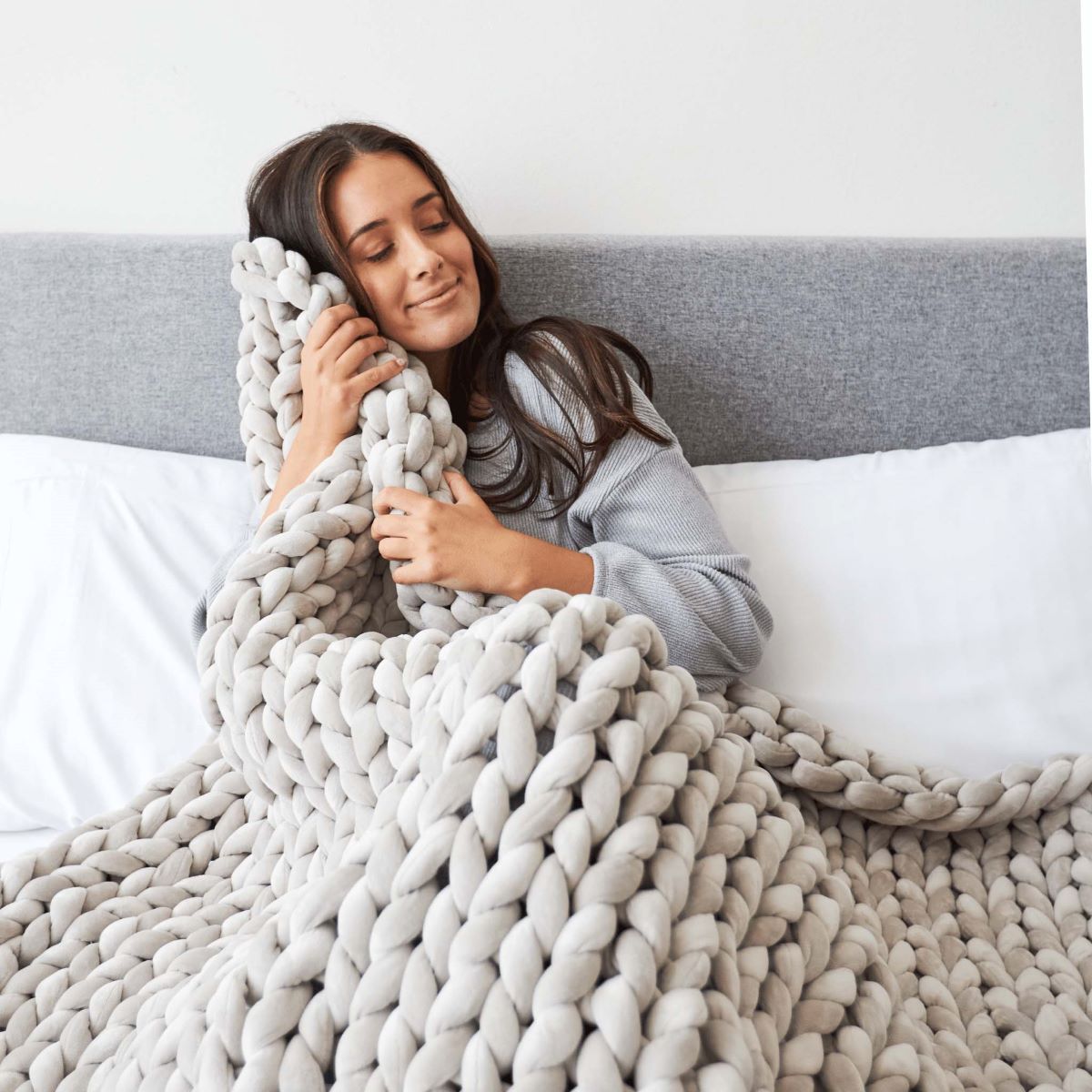
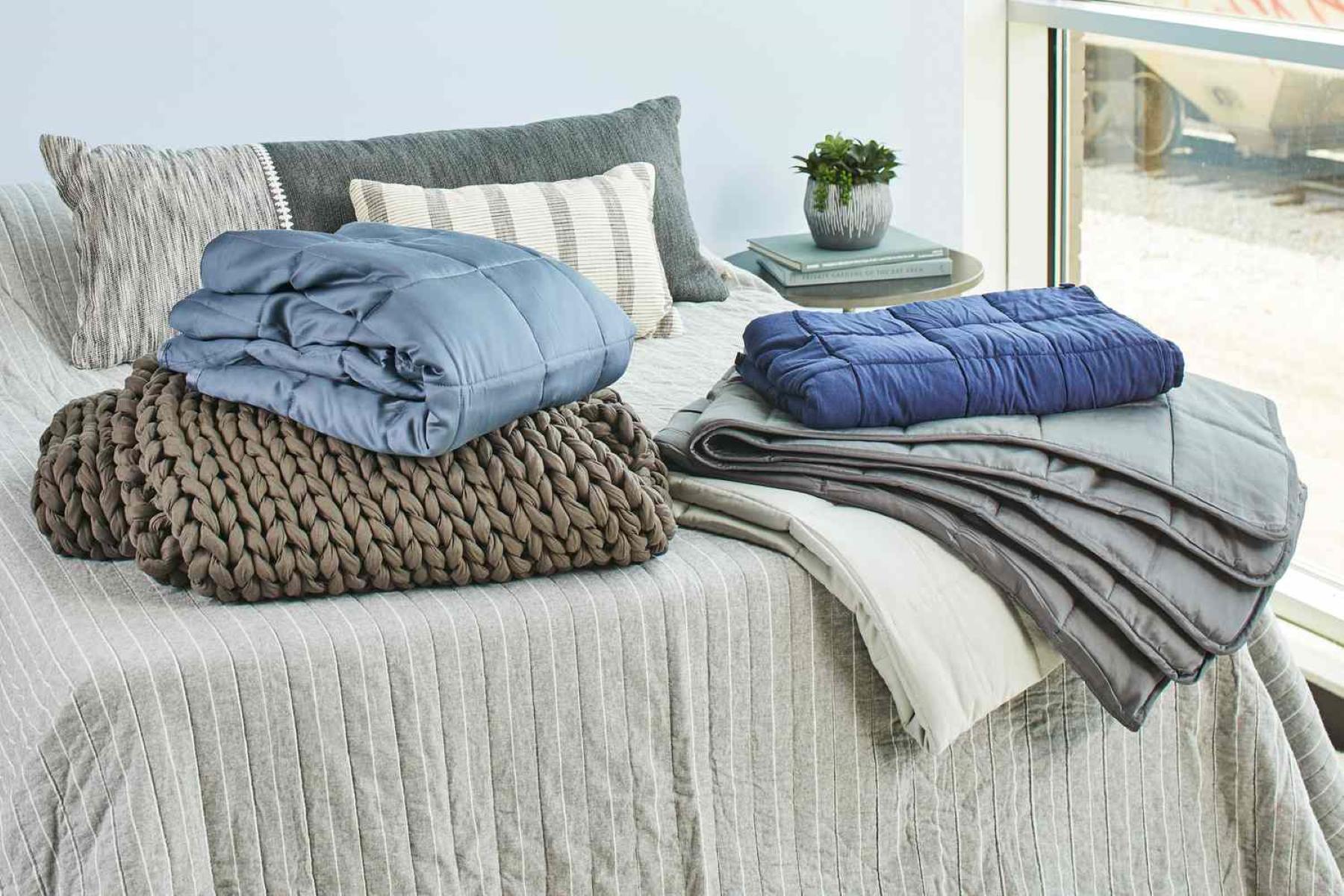
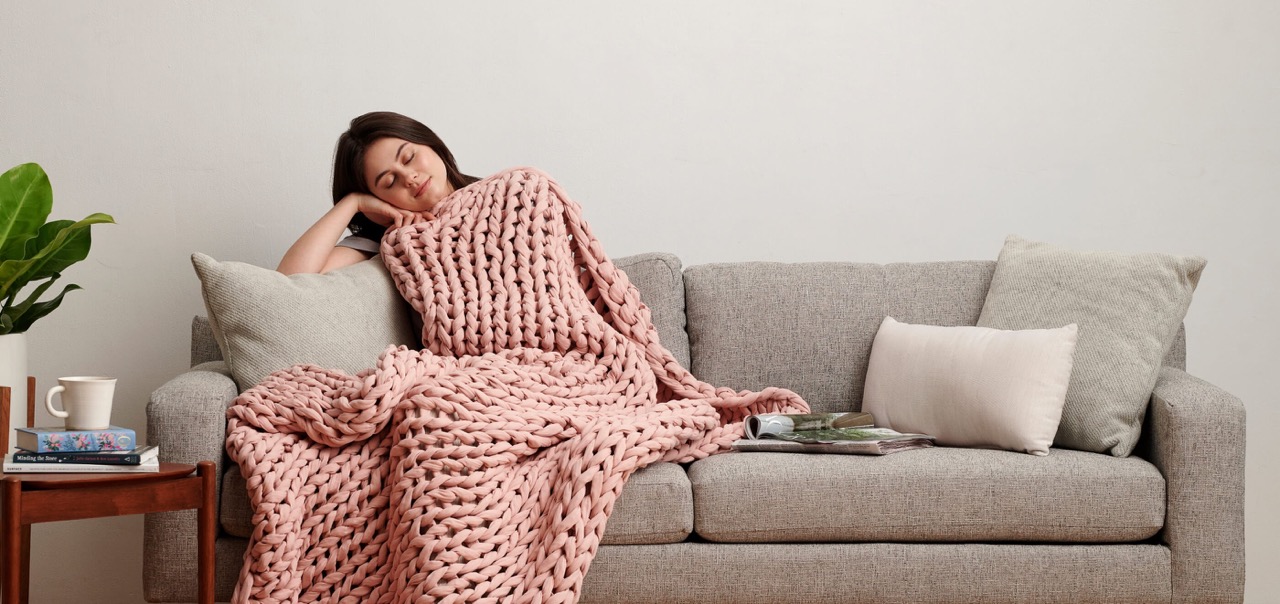
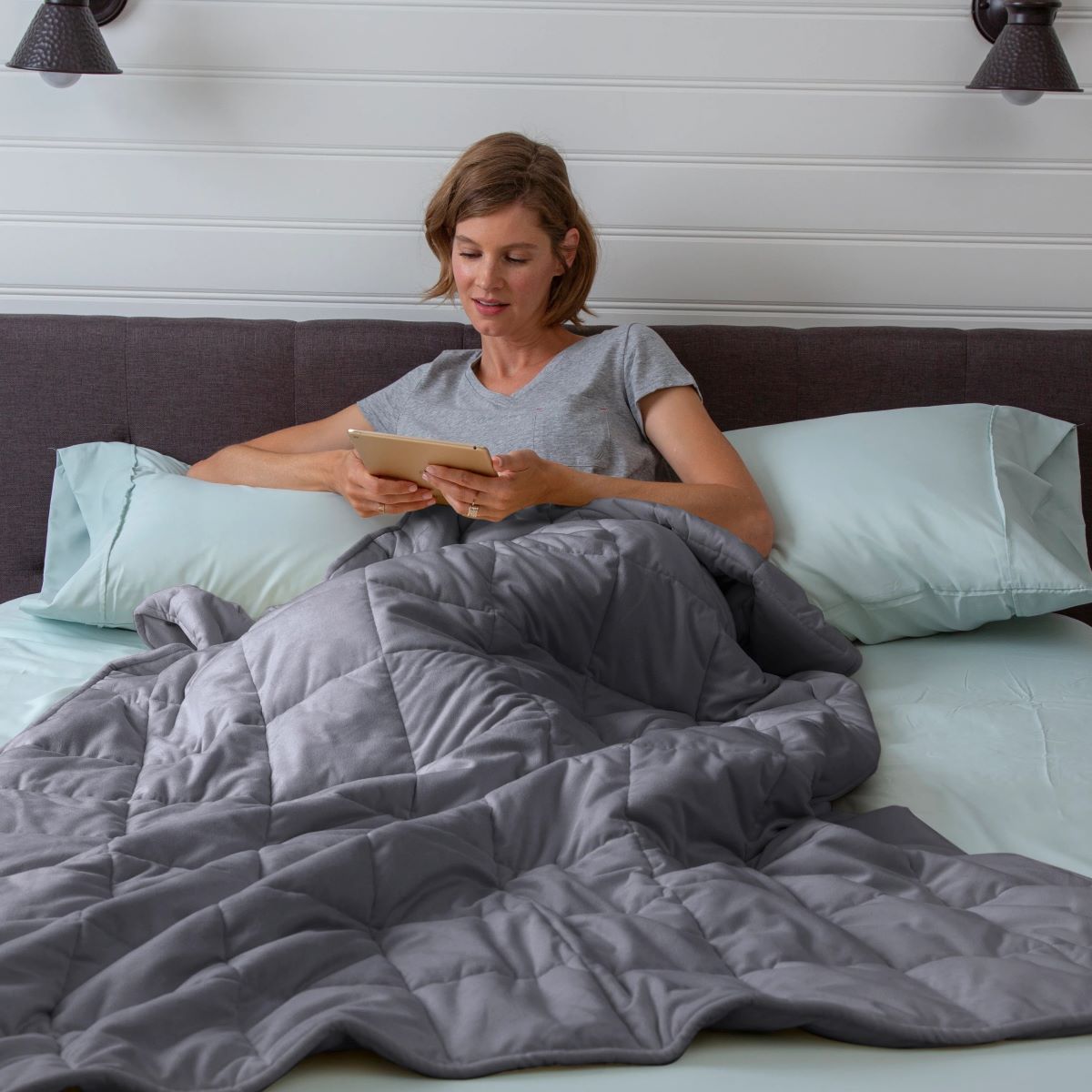


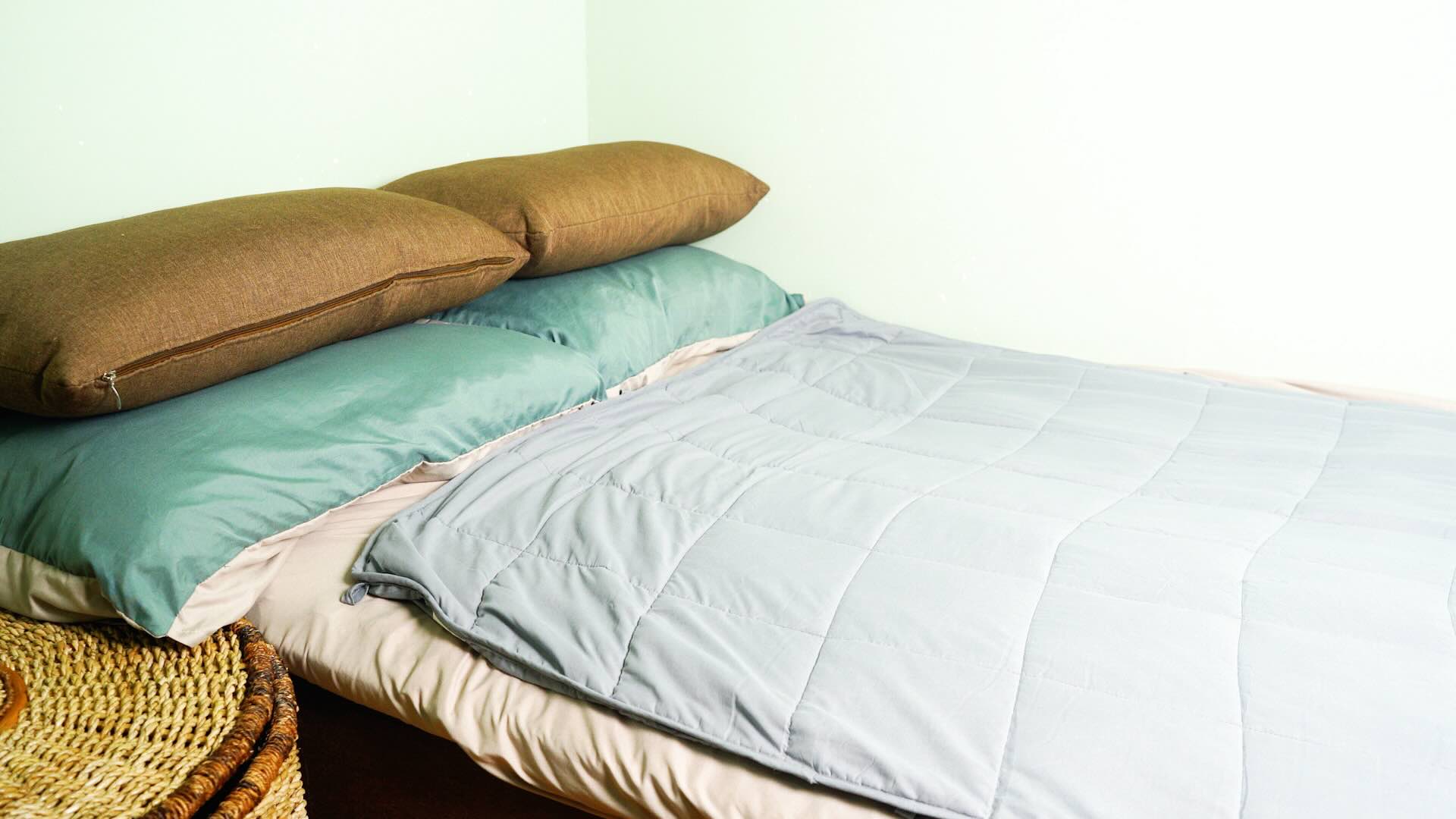
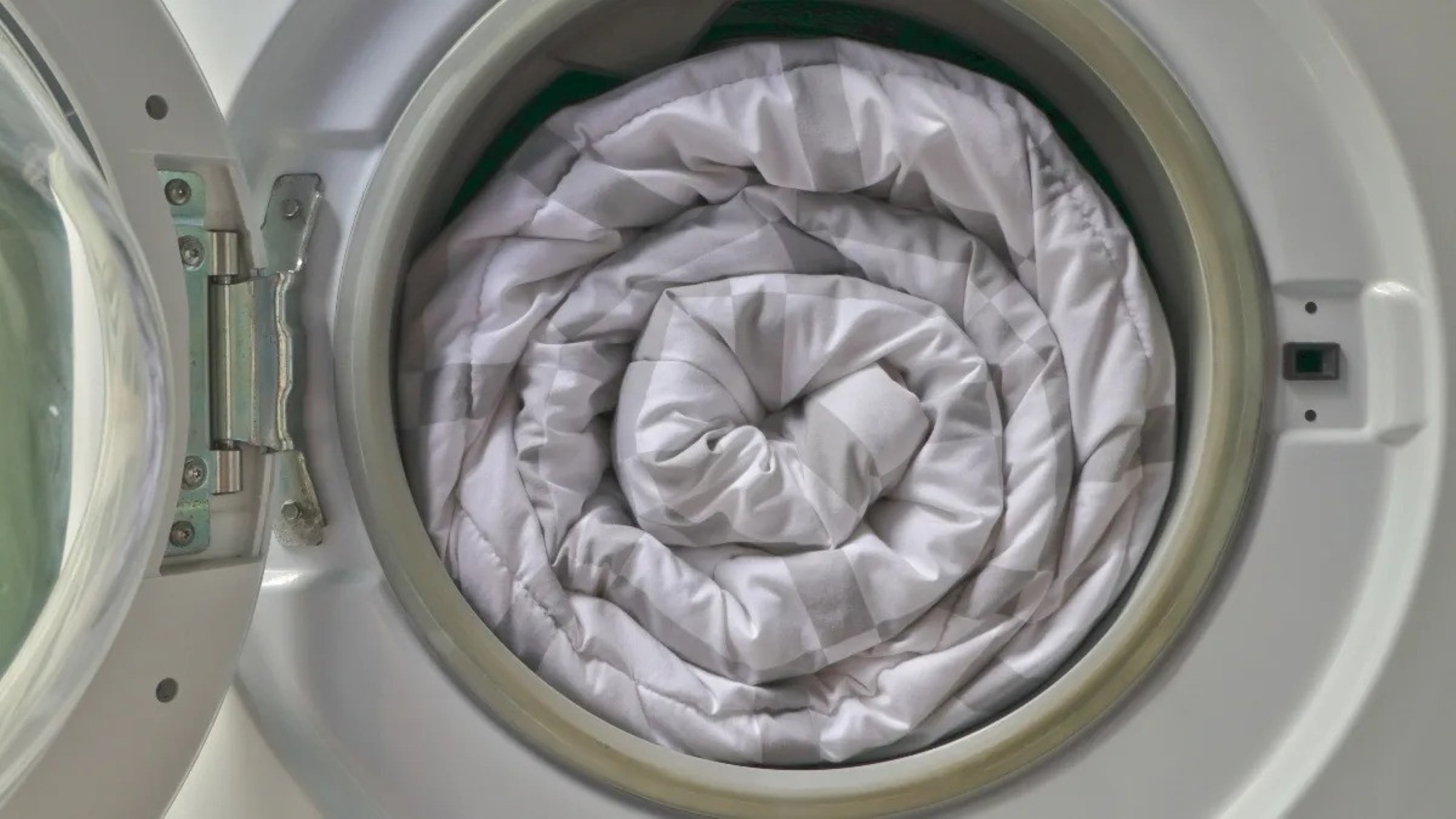
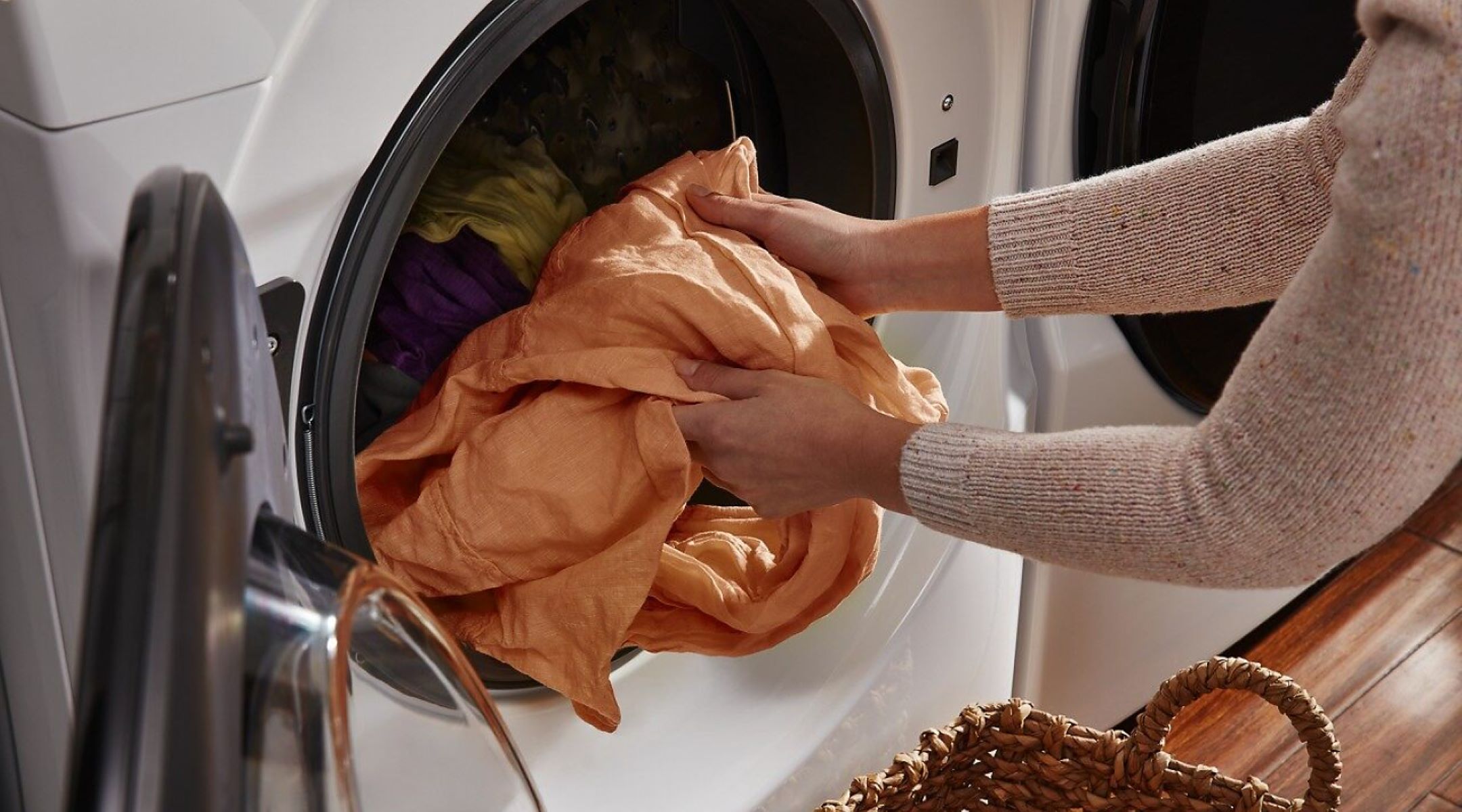
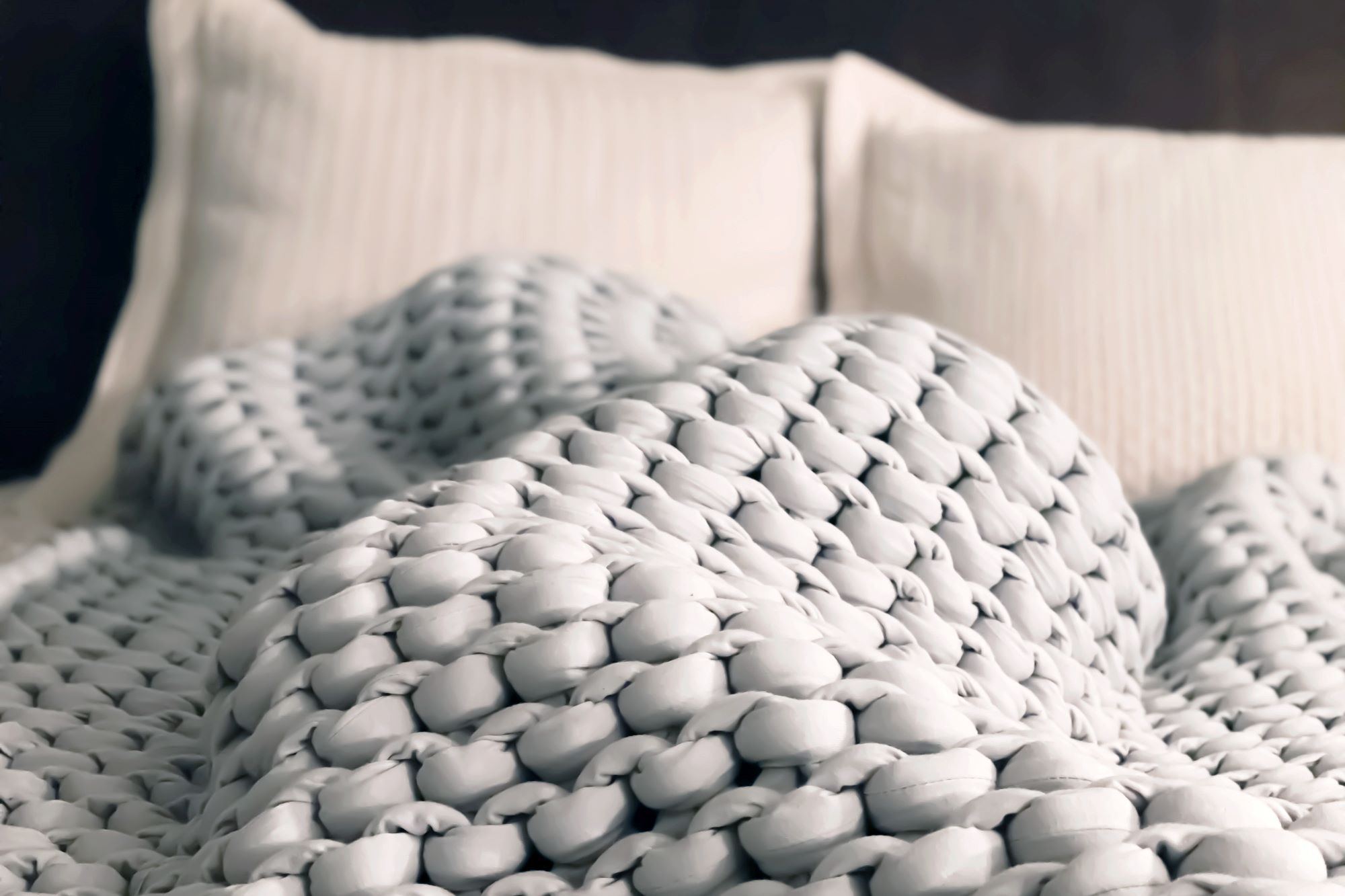
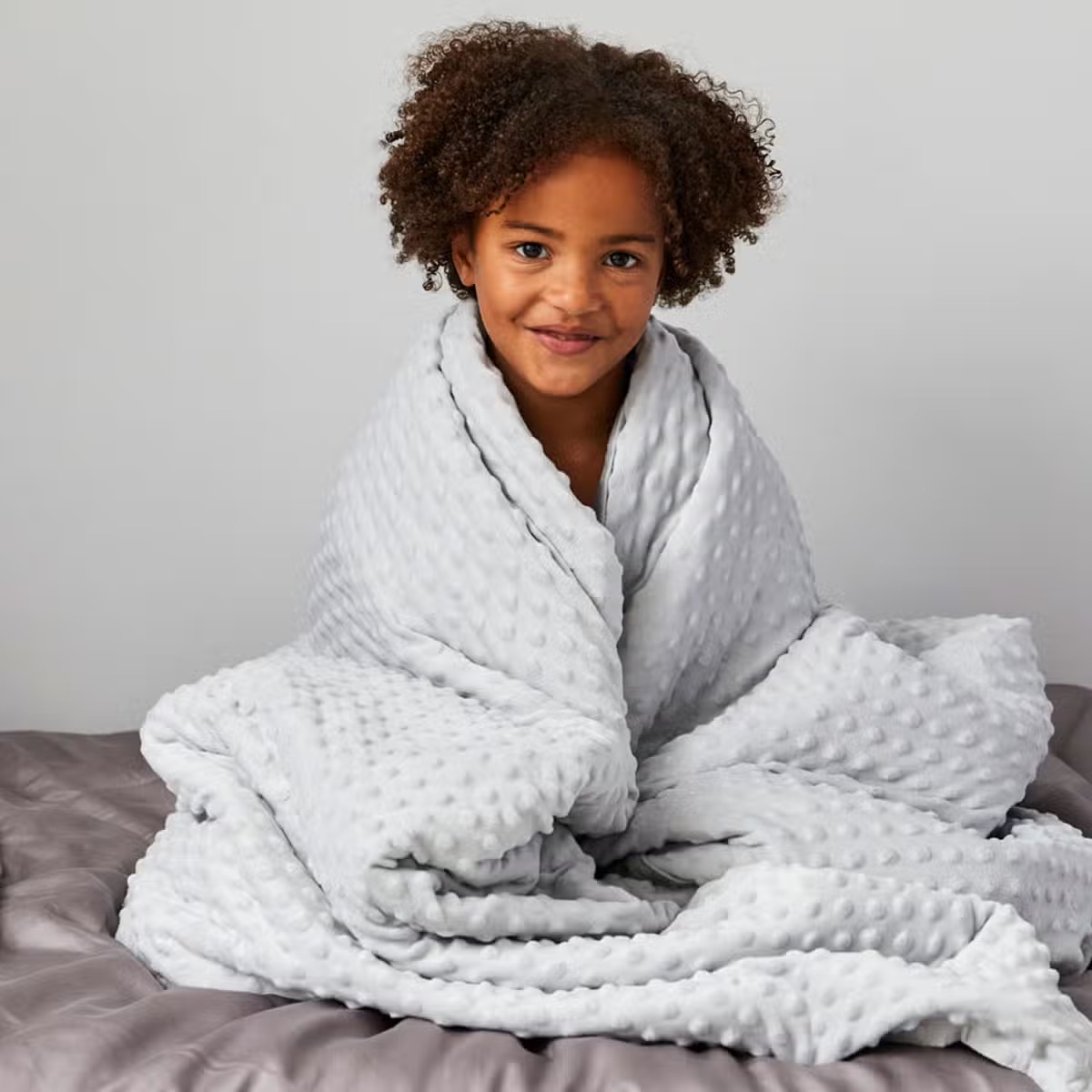

0 thoughts on “What Is A Weighted Blanket Made Of”